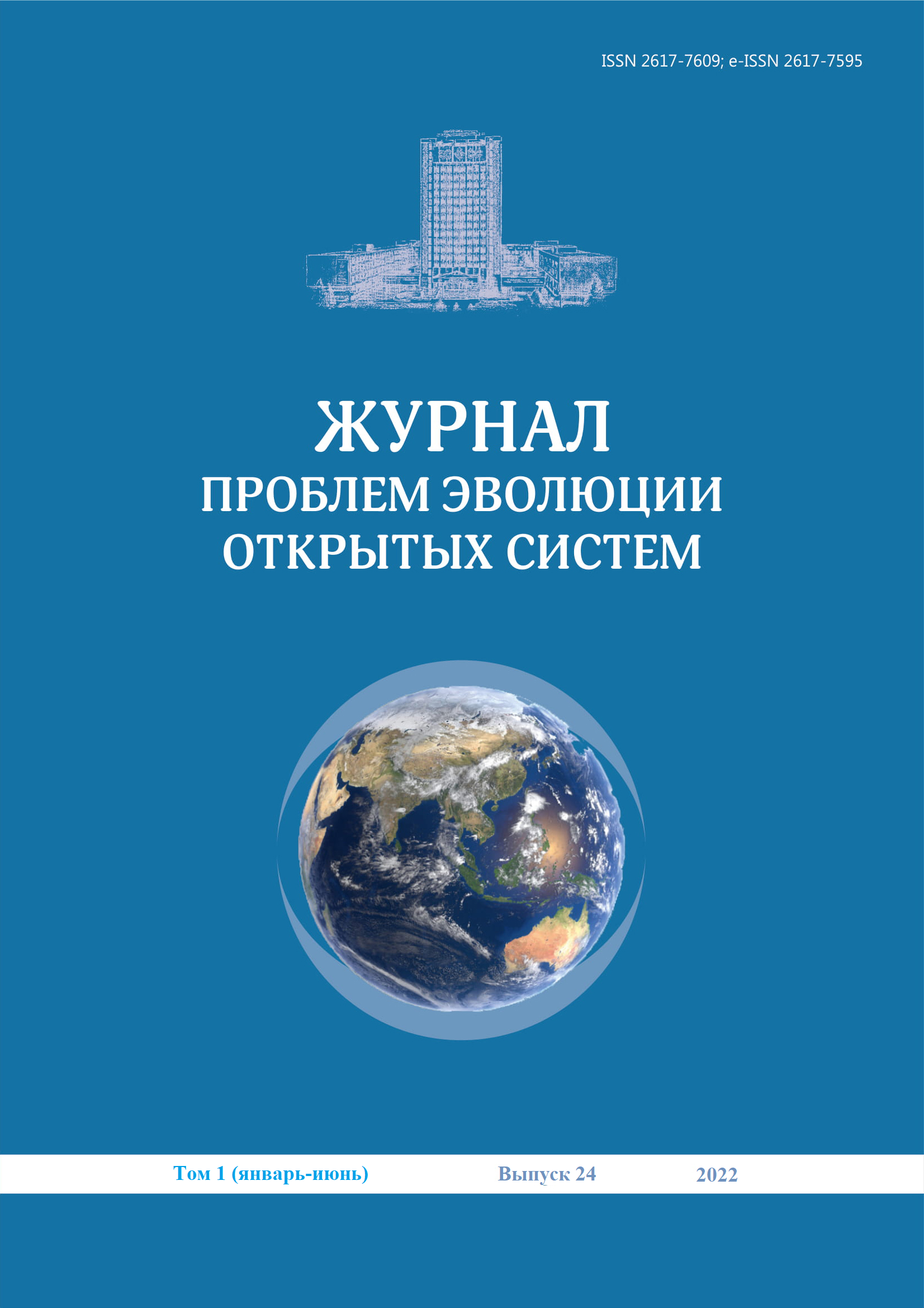Some algorithms related to the orientation of satellites and unmanned aerial vehicles
DOI:
https://doi.org/10.26577/JPEOS.2022.v24.i1.i7Abstract
The stabilization of unmanned aerial vehicles and its orientation in a given direction is provided by the orientation system. One of the important stages in the development of UAV orientation systems is the development of object orientation algorithms. The problem of orientation of objects in the magnetic field is based on the estimation of the discrepancies between the model Bmod and the measured Bmeas components of the Earth's magnetic field. Accordingly, the paper discusses some algorithms related to the orientation of satellites and unmanned aerial vehicles. It is shown that limiting the model to the first 13 harmonics can lead to errors in the representation of the Earth's main magnetic field of about 15 nT. A mathematical proof of this fact is carried out based on the consideration of the equation of an ideal magnetic field meter. The work analytically proves that the Jacobian matrix of the magnetic field measurement vector in the earth's coordinate system has a determinant equal to zero, which means that, having knowledge of the magnetic field measurement vector H-1, it is impossible to uniquely determine the vector of the orientation angles of the meter {f, o, y }t-. Thus, the paper shows an algorithm for calculating the orientation angles depending on the values of the measured and model values of the Earth's magnetic field.







